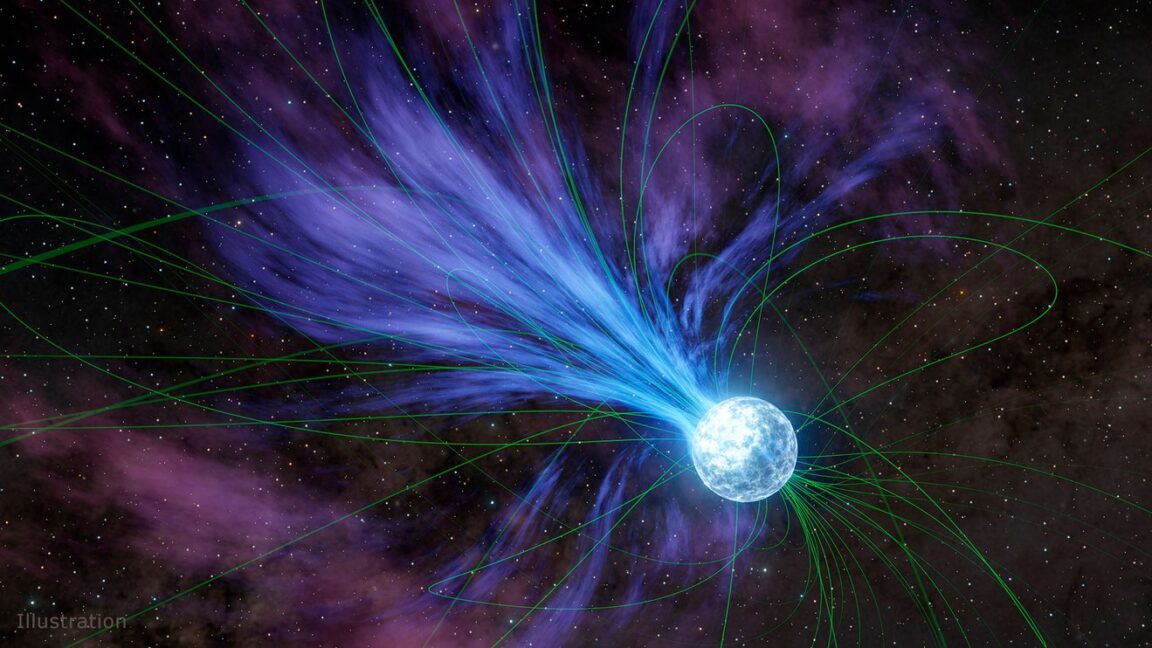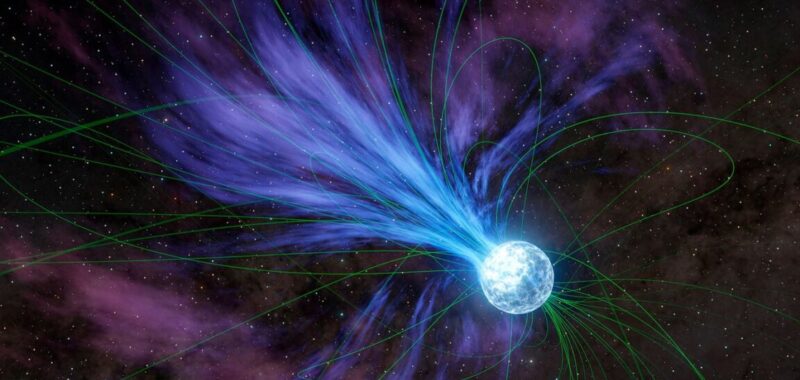
One of the two papers published on Wednesday looks at the polarization of the photons in the burst itself, finding that the angle of polarization changes rapidly over the 2.5 milliseconds that FRB 20221022A lasted. The 130-degree rotation that occurred follows an S-shaped pattern, which has already been observed in about half of the pulsars we’ve observed—neutron stars that rotate rapidly and sweep a bright jet across the line of sight with Earth, typically multiple times each second.
The implication of this finding is that the source of the FRB is likely to also be on a compact, rapidly rotating object. Or at least this FRB. As of right now, this is the only FRB that we know displays this sort of behavior. While not all pulsars show this pattern of rotation, half of them do, and we’ve certainly observed enough FRBs we should have picked up others like this if they occurred at an appreciable rate.
Scattered
The second paper performs a far more complicated analysis, searching for indications of interactions between the FRB and the interstellar medium that exists within galaxies. This will have two effects. One, caused by scattering off interstellar material, will spread the burst out over time in a frequency-dependent manner. Scattering can also cause a random brightening/dimming of different areas of the spectrum, called scintillation, and somewhat analogous to the twinkling of stars caused by our atmosphere.
In this case, the photons of the FRB have had three encounters with matter that can induce these effects: the sparse intersteller material of the source galaxy, the equally sparse interstellar material in our own Milky Way, and the even more sparse intergalactic material in between the two. Since the source galaxy for FRB 20221022A is relatively close to our own, the intergalactic medium can be ignored, leaving the detection with two major sources of scattering.

